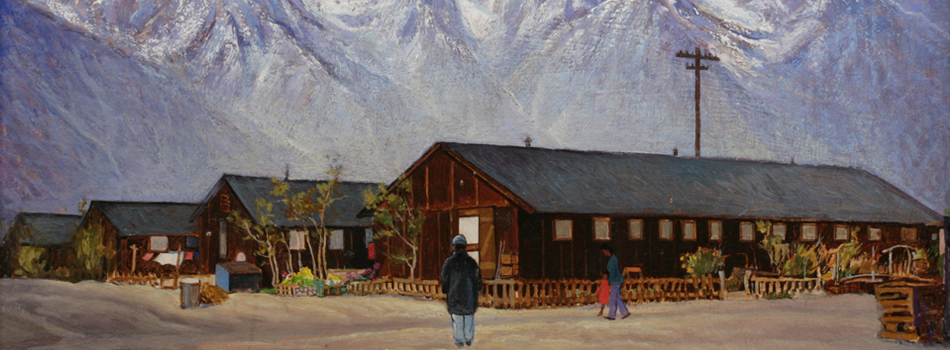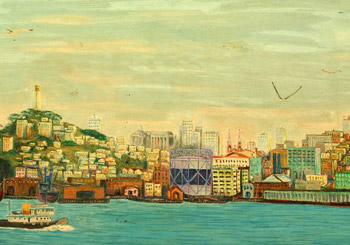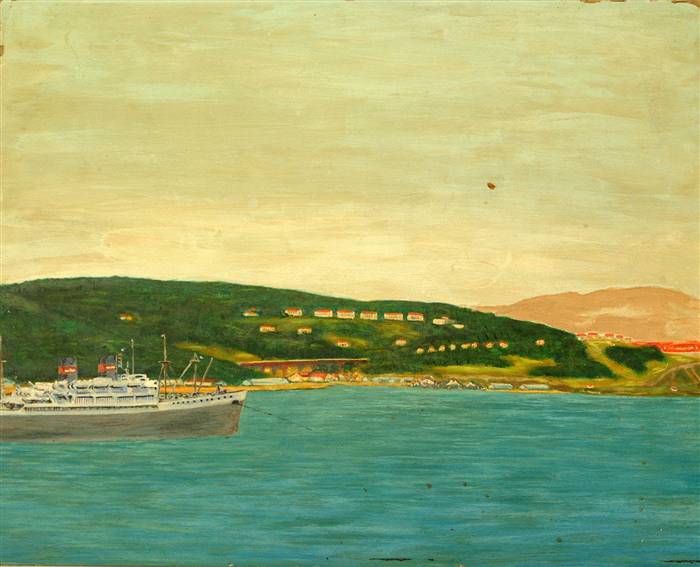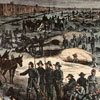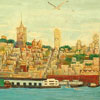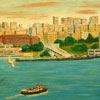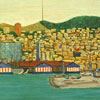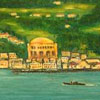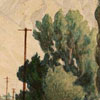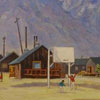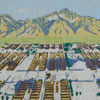Confinement
“We had about one week to dispose of what we owned, except what we could pack and carry for our departure by bus…for Manzanar."William Hohri, Manzanar Internee
The National Park Service preserves several sites associated with confinement. Japan’s attack on Pearl Harbor on December 7, 1941, led the United States into World War II and radically changed the lives of men, women, and children of Japanese ancestry living in the United States. More than 100,000 Japanese Americans were forcibly removed from their homes and businesses and confined without due process from 1942 to 1945.
Manzanar National Historical Site, located near the base of the Sierra Nevada in California, housed 10,000 individuals. Arts and craft clubs provided opportunities to share knowledge and culture during confinement. Artists gave lessons in painting and sketching, and provided their own equipment and supplies. The classes allowed internees to pass the time while creating beauty in the bleak camps.
Many of the instructors had been successful artists before being interned at Manzanar. Their work documented life in the camp and captured the looming power of the Sierra Nevada Mountains rising dramatically to the west of camp.
Alcatraz Island, the most famous Federal prison in U.S. history, housed some of America’s most notorious Federal offenders from 1934 to 1963. They were held under the most secure and regimented conditions, in the virtually escape-proof environment on a rocky island in the middle of San Francisco Bay. When not occupied in work programs, inmates spent time in recreational activities – including art projects. Inmates behind impenetrable prison walls created exuberant and brightly colored paintings of San Francisco’s skyline.
Andersonville prison camp in Georgia was one of the largest Confederate military prisons during the Civil War. More than 45,000 Union soldiers were confined at Andersonville and close to 13,000 died there. Artwork produced under the harsh conditions of war provided an opportunity to keep inmates occupied in the most tragic of situations.
